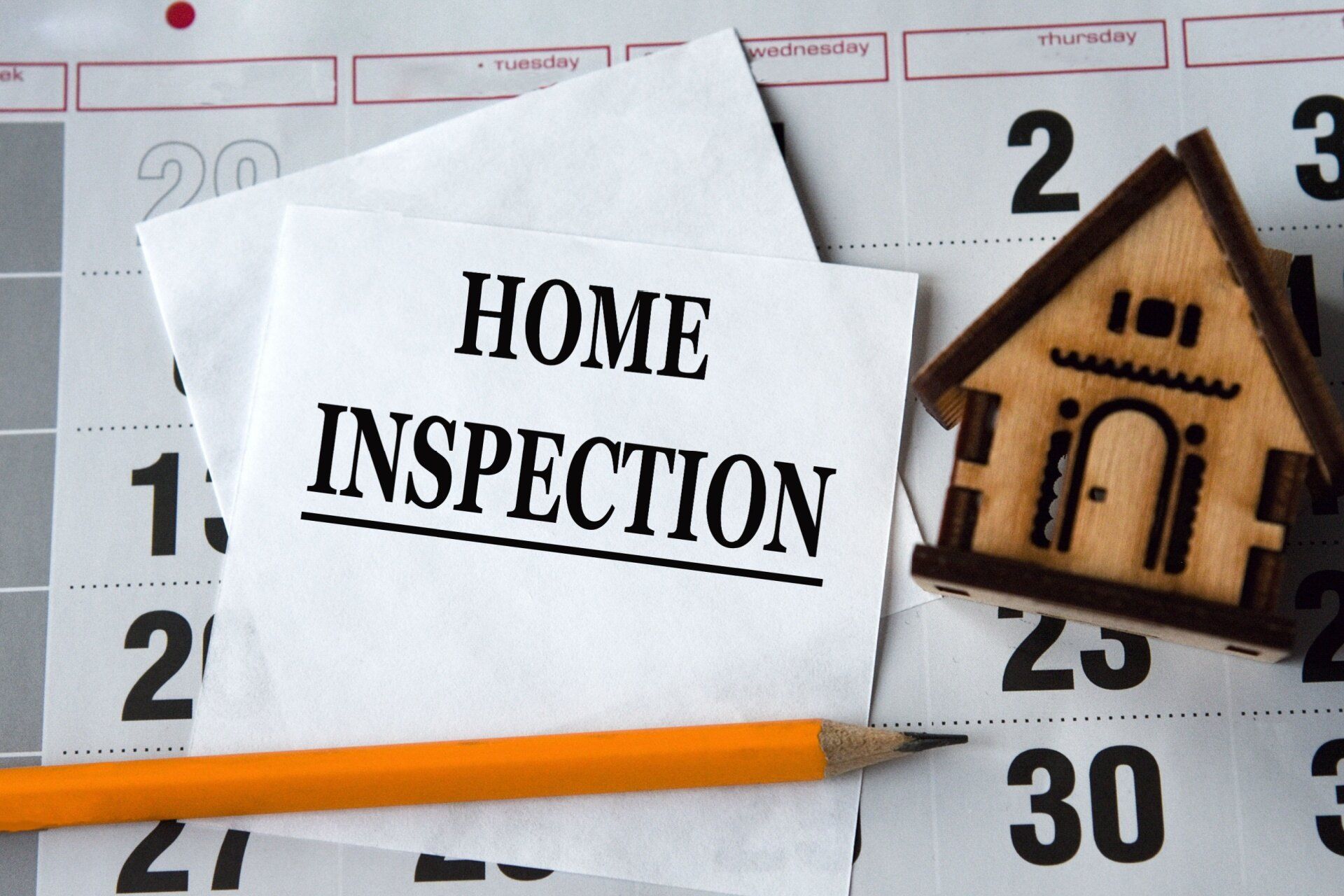The Only Home Maintenance Checklist You’ll Ever Need
Owning a home is a major investment, and regular maintenance is key to protecting it. A well-maintained home lasts longer, stays energy-efficient, and prevents costly repairs. Whether you’re a new homeowner or an experienced one, this home maintenance checklist will help keep your home in top shape all year long.
Monthly Home Maintenance Tasks
1. Check HVAC Filters
Your heating and cooling system works hard year-round. Replacing or cleaning the filters monthly ensures efficiency and improves indoor air quality.
2. Inspect and Clean Kitchen Sink Disposal
Run ice cubes and lemon peels through your garbage disposal to sharpen the blades and eliminate odors.
3. Test Smoke and Carbon Monoxide Detectors
Press the test button on your detectors to ensure they’re working properly. Replace batteries if needed.
4. Look for Plumbing Leaks
Check under sinks and around toilets for signs of leaks. Fixing small leaks early can prevent water damage.
5. Inspect Fire Extinguishers
Make sure your fire extinguisher is in good condition, with the pressure gauge in the green zone and no visible damage.
Quarterly Home Maintenance Tasks
1. Test Garage Door Safety Features
Place an object, like a roll of paper towels, in the path of your garage door. If the door doesn’t reverse, get it serviced.
2. Run Water in Unused Sinks
Turn on taps in guest bathrooms or basements to prevent the pipes from drying out and developing odors.
3. Check Water Softener and Add Salt if Needed
A well-maintained water softener improves appliance performance and extends their lifespan.
4. Inspect Your Home’s Exterior
Walk around your house to check for cracks in the foundation, peeling paint, or any damage to siding and trim.
Seasonal Home Maintenance Checklist
Spring Home Maintenance
After a long winter, your home needs extra attention.
1. Clean Gutters and Downspouts
Clear out leaves and debris to ensure proper water drainage and prevent damage to your foundation.
2. Service Your HVAC System
Schedule professional maintenance for your air conditioning system to keep it running efficiently in summer.
3. Inspect the Roof
Look for loose shingles, signs of leaks, or any visible damage. Catching problems early can prevent costly repairs.
4. Check Windows and Doors for Leaks
Apply weatherstripping or caulk to seal any gaps, improving energy efficiency and reducing cooling costs.
5. Power Wash Exterior Surfaces
Wash your home’s siding, deck, and driveway to remove dirt, mold, and mildew buildup.
Summer Home Maintenance
Longer days and warm weather make summer a great time for outdoor projects.
1. Maintain Your Lawn and Landscaping
Trim trees and shrubs away from the house to prevent damage from branches and pests.
2. Inspect and Clean Outdoor Furniture
Wash patio furniture, check for rust, and replace any worn-out cushions.
3. Clean and Seal the Deck
If you have a wood deck, reapply sealant to protect it from sun and rain damage.
4. Check for Pest Infestations
Look for signs of ants, termites, or rodents and take preventive measures if needed.
5. Flush the Water Heater
Draining sediment buildup from your water heater improves efficiency and extends its lifespan.
Fall Home Maintenance
Get your home ready for cooler weather with these essential tasks.
1. Inspect and Clean the Chimney
If you use a fireplace, have it professionally cleaned to remove creosote buildup, have a
chimney inspection, and prevent fire hazards.
2. Service Your Heating System
Schedule a professional tune-up for your furnace to ensure it’s ready for winter.
3. Check Weather Stripping Around Windows and Doors
Replace worn-out weather stripping to keep cold air out and lower your heating bills.
4. Store Outdoor Furniture and Hoses
Drain garden hoses, store patio furniture, and cover your grill to protect them from the elements.
5. Test Sump Pump
Make sure your sump pump is working properly to avoid basement flooding during heavy rains.
Winter Home Maintenance
Cold temperatures and snow can put stress on your home. Stay ahead with these maintenance tips.
1. Prevent Frozen Pipes
Insulate exposed pipes in unheated areas like basements and garages. Let faucets drip slightly on freezing nights to prevent bursting.
2. Check for Ice Dams on the Roof
Ice dams can cause
water damage and leaks. Use a roof rake to remove excess snow and improve attic ventilation.
3. Inspect Attic Insulation
Proper insulation keeps your home warm and reduces heating costs. Add insulation if needed.
4. Clean Dryer Vents
Lint buildup in your dryer vent is a fire hazard. Clean it regularly to ensure safety and efficiency.
5. Reverse Ceiling Fans
Set your ceiling fan blades to rotate clockwise to push warm air down and improve heating efficiency.
Annual Home Maintenance Tasks
1. Schedule a Home Inspection
A professional
home inspection helps identify potential issues before they become major problems.
2. Deep Clean Your Home
Once a year, give your home a deep clean, including carpets, curtains, and hard-to-reach places.
3. Check Your Home’s Foundation
Look for cracks or shifting that could indicate structural issues. Address problems early to prevent costly repairs.
4. Inspect Plumbing and Septic System
Check for slow drains, leaks, or sewer backups. If you have a septic tank, schedule a professional inspection and pumping.
5. Test and Replace Old Batteries
Check batteries in smoke detectors, remote controls, and other household devices.
6. Review Home Safety Plans
Make sure your family knows the emergency escape plan and update it if needed.
Final Thoughts
Following this home maintenance checklist ensures your home stays in excellent condition year-round. Staying on top of small tasks prevents bigger, more expensive problems in the future.
Need a professional home inspection? Contact
ProTec Inspections today to ensure your home is in top shape!
Disclaimer: The information on this website and blog is for general informational purposes only and is not professional advice. We make no guarantees of accuracy or completeness. We disclaim all liability for errors, omissions, or reliance on this content. Always consult a qualified professional for specific guidance.





